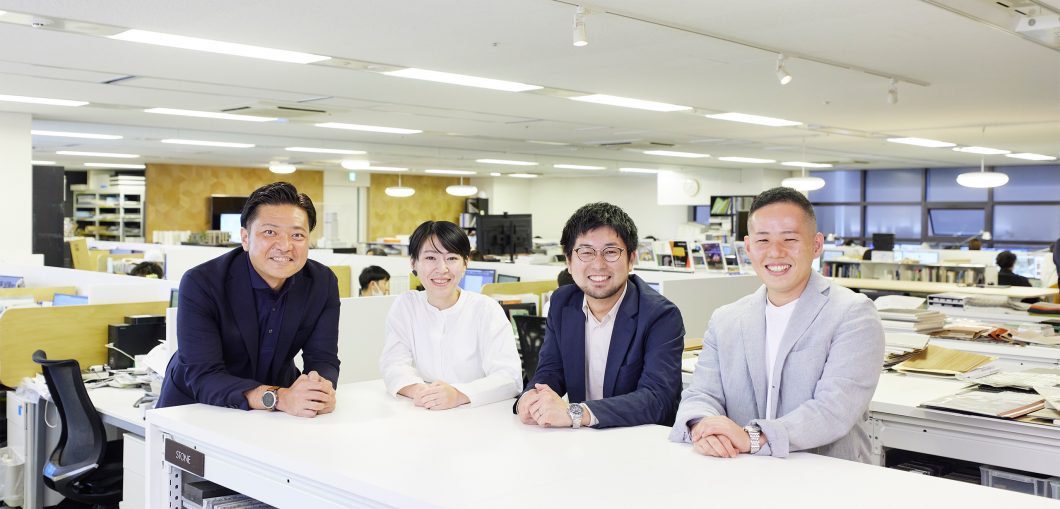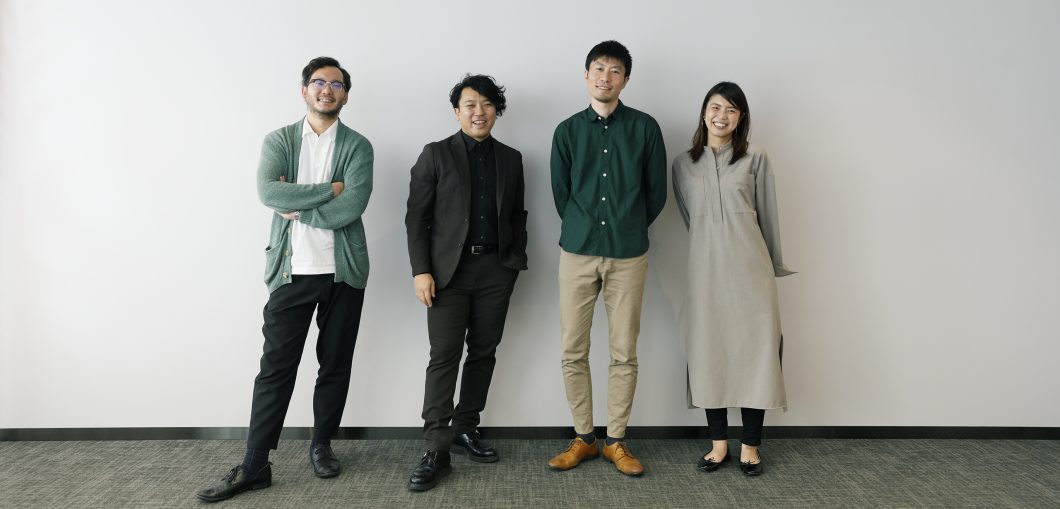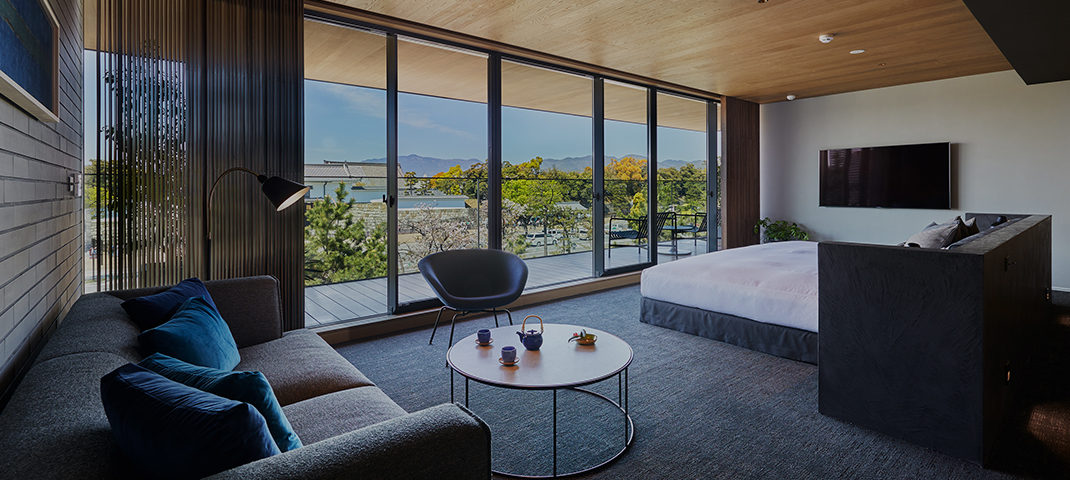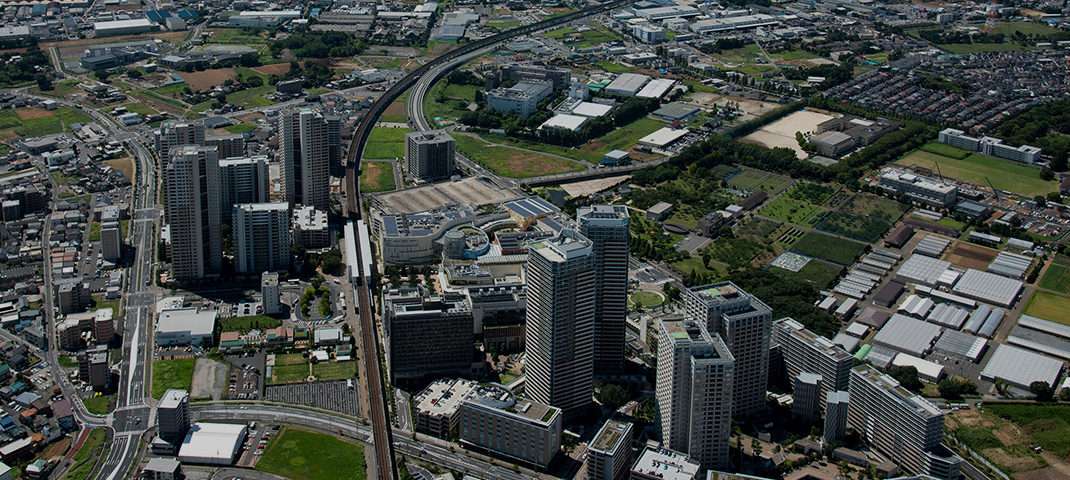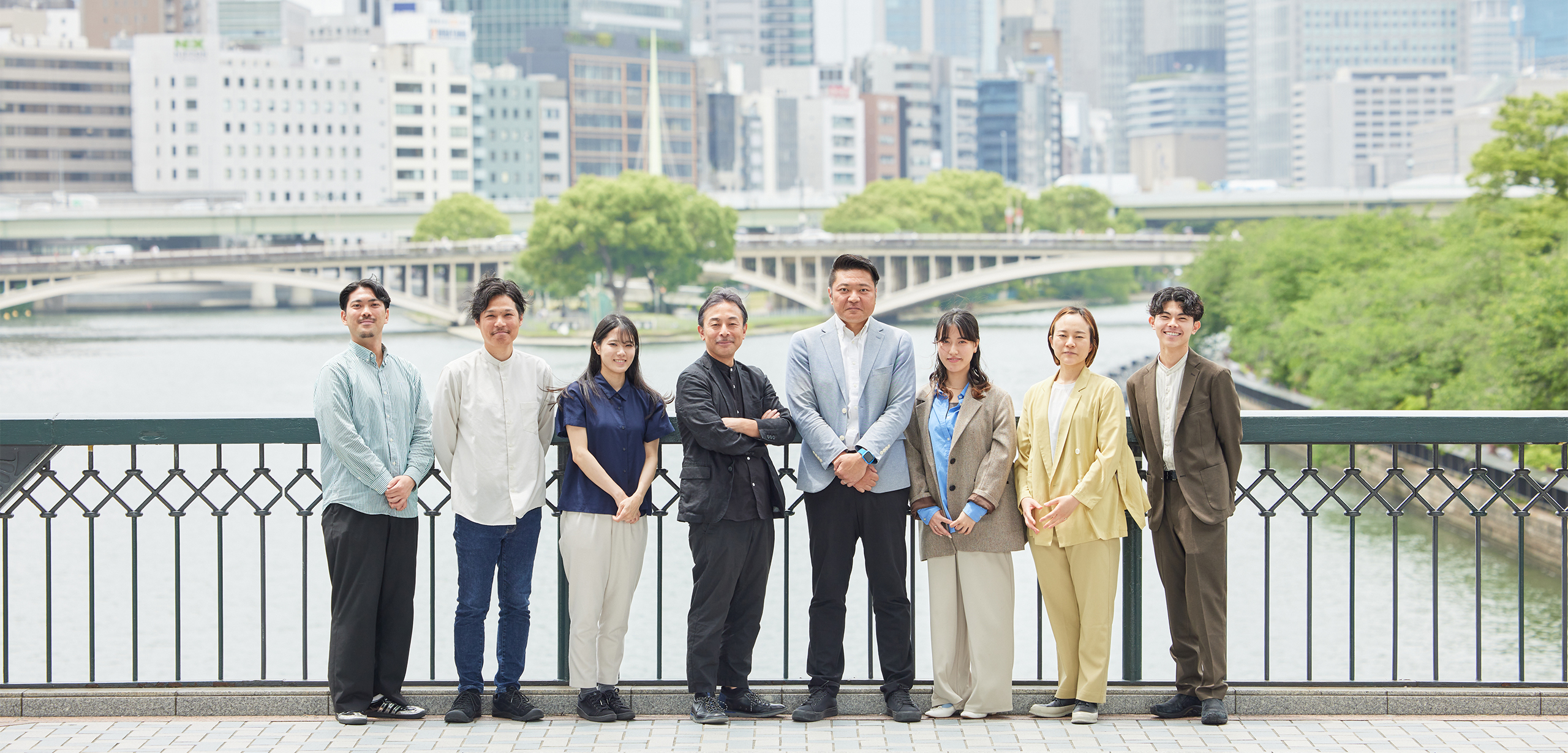
06
JMA -KANSAI OFFICE-
Urban development in Osaka in the future,
from the perspective of eight people from the Osaka Office
Introduction
JMA’s Kansai Office has worked on many projects, mainly in western Japan, such as Osaka and Kyoto, and has put into practice designs that weave modern elements into tradition and culture.
A major characteristic is making the most of the historic streetscapes while incorporating a sensitivity unique to Japan through cooperation with artisans.
Besides urban development and building design, the office has also put efforts into activities to transmit the attraction of architecture throughout Osaka, such as Open House Osaka.
With Expo 2025 Osaka, Kansai, Japan also being held this year, attention is also focusing on “Osaka-ness” and the urban image that the city is aiming for.
This round-table discussion brought together all eight members of the Kansai Office. The members represent a variety of ages, genders, and backgrounds, and some are originally from Osaka or the Kansai region, while others are from completely unrelated regions. They talked about the Kansai Office’s initiatives and the kind of urban development that JMA/PC&PJ is aiming for.
PEOPLE
-
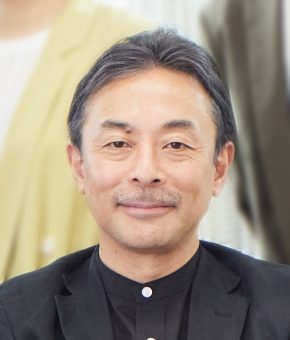
Kensuke Joko
Senior Managing Officer, Project Director
(at the time of publication)Place of Birth: Tokyo, Japan
-
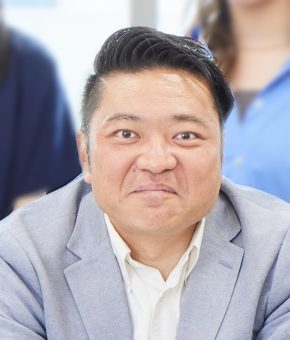
Kazuhisa Otsu
Managing Officer, KANSAI OFFICE General Manager
(at the time of publication)Place of Birth: Mie Prefecture, Japan
-
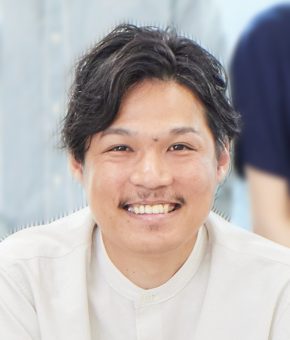
Hironori Yoshida
Senior Associate (at the time of publication)Place of Birth: Wakayama Prefecture, Japan
-
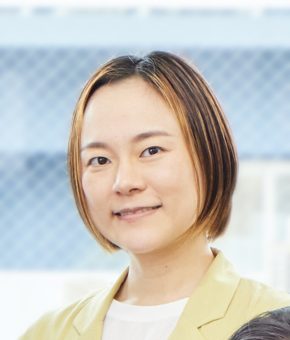
Nodoka Honda
Associate (at the time of publication)Place of Birth: Osaka Prefecture, Japan
-
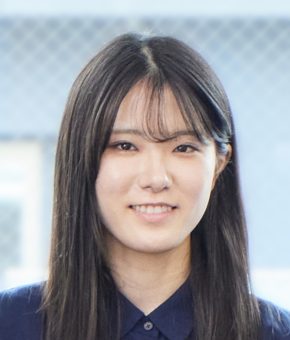
Chigusa Sunagawa
Place of Birth: Okinawa Prefecture, Japan
-
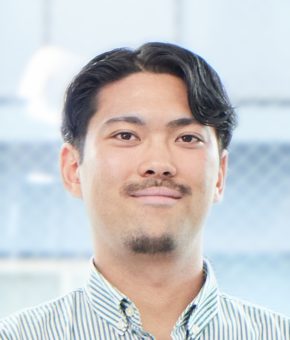
Koki Kobayashi
Place of Birth: Chiba Prefecture, Japan
-
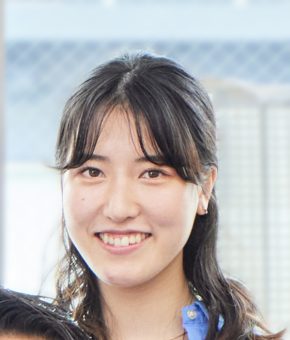
Honoka Akamatsu
Place of Birth: Hyogo Prefecture, Japan
-
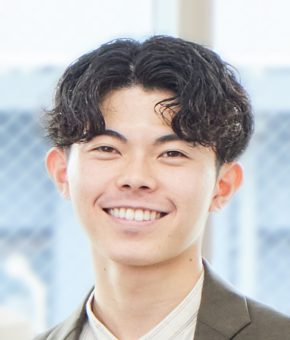
Yuta Miyazaki
Place of Birth: Shiga Prefecture, Japan
Establishment and Relaunch
— The Challenge of the Kansai Office
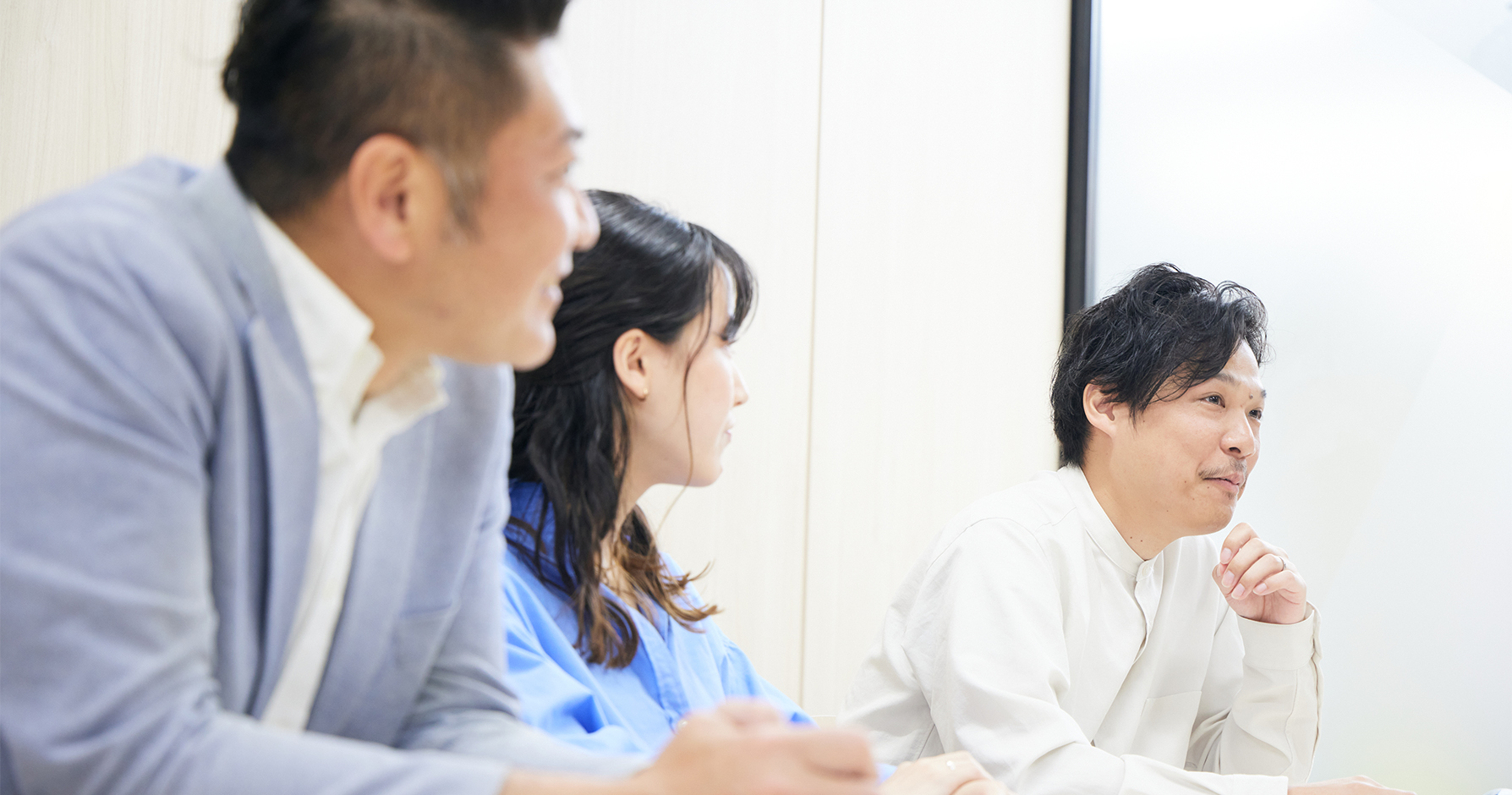
Kansai’s unique culture and livability
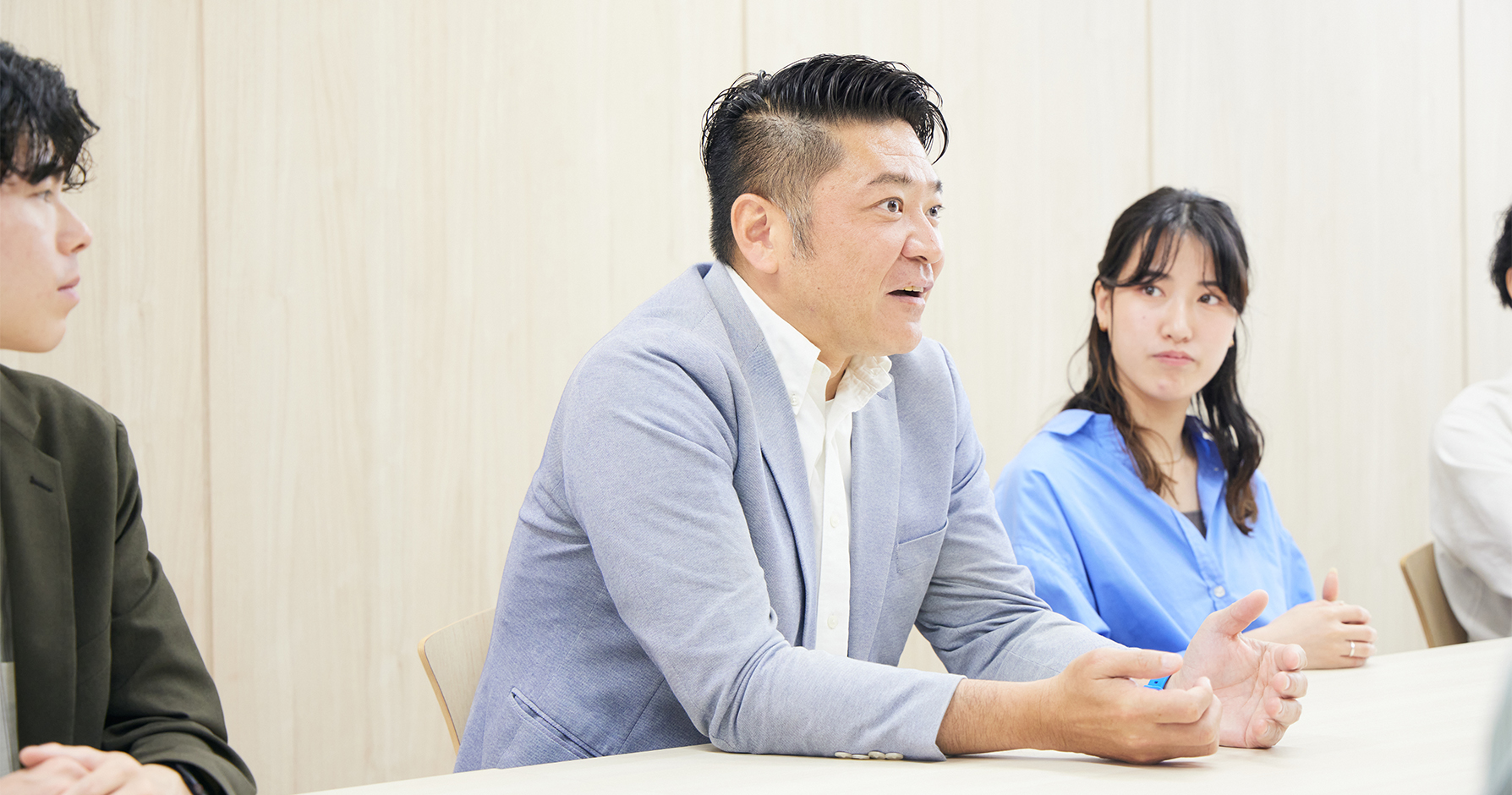
Challenges across fields, an environment allowing young people to take on challenges
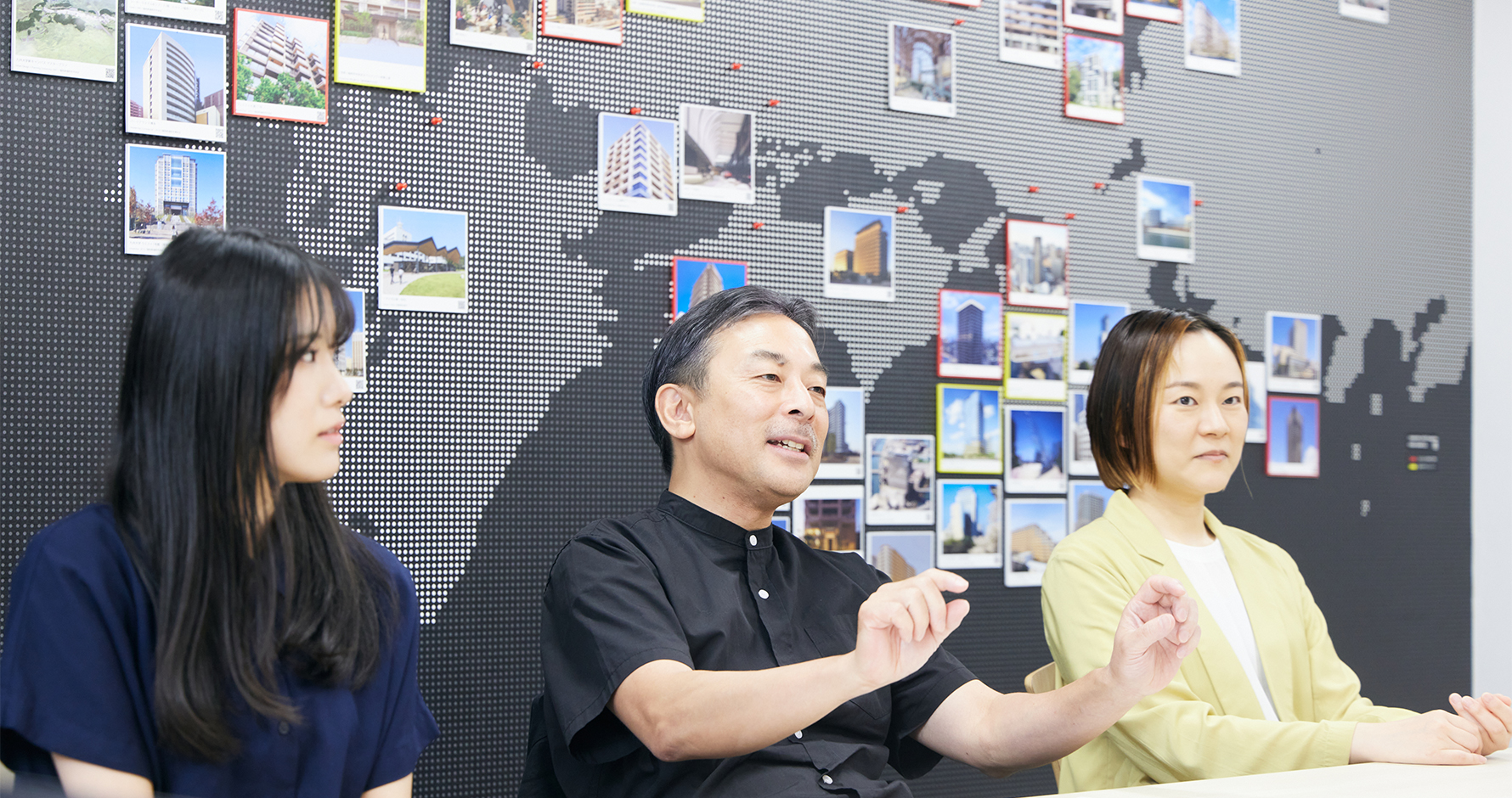
What we want to protect, the future we will build together
—Towards JMA’s image of urban development
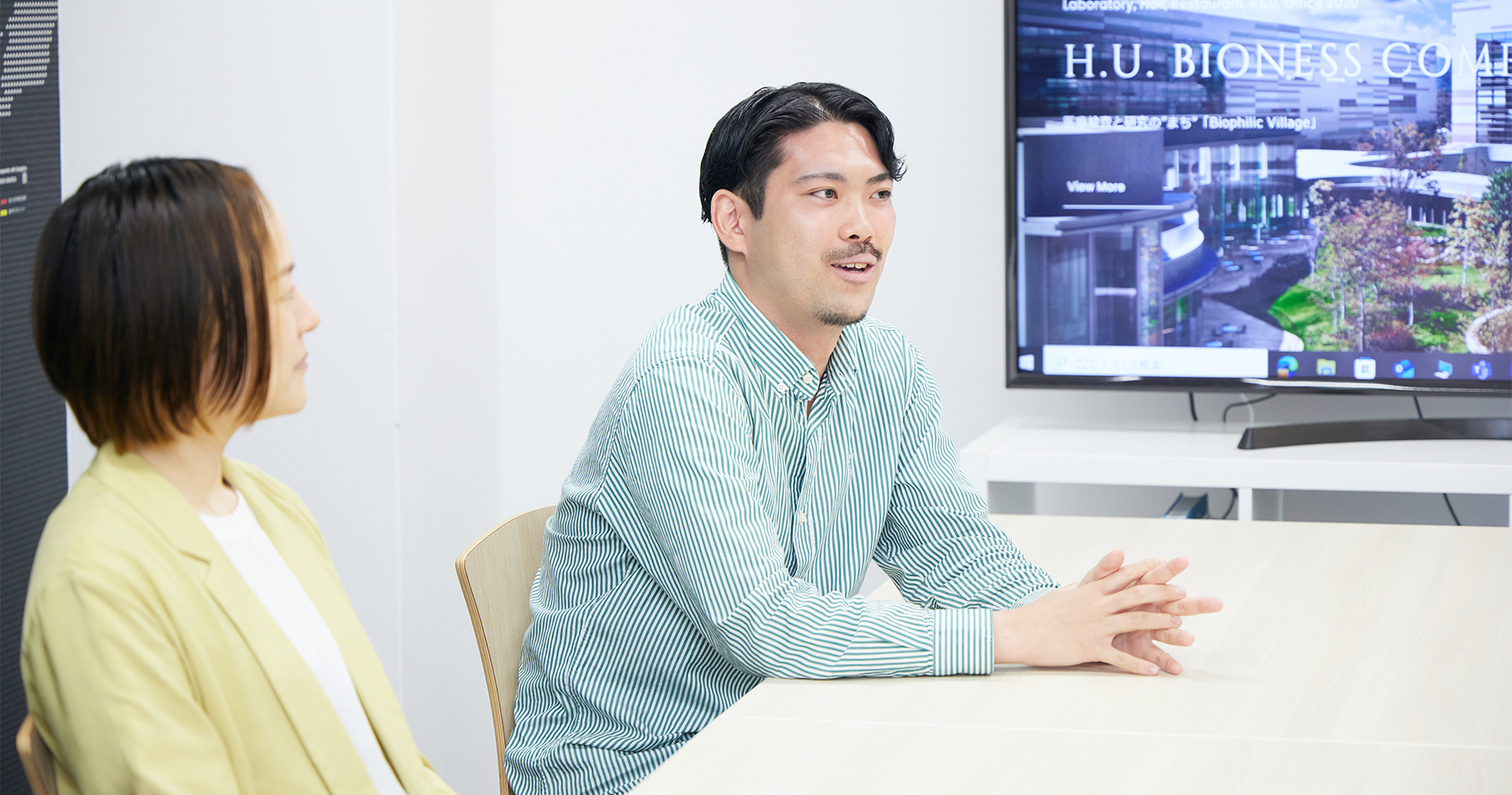
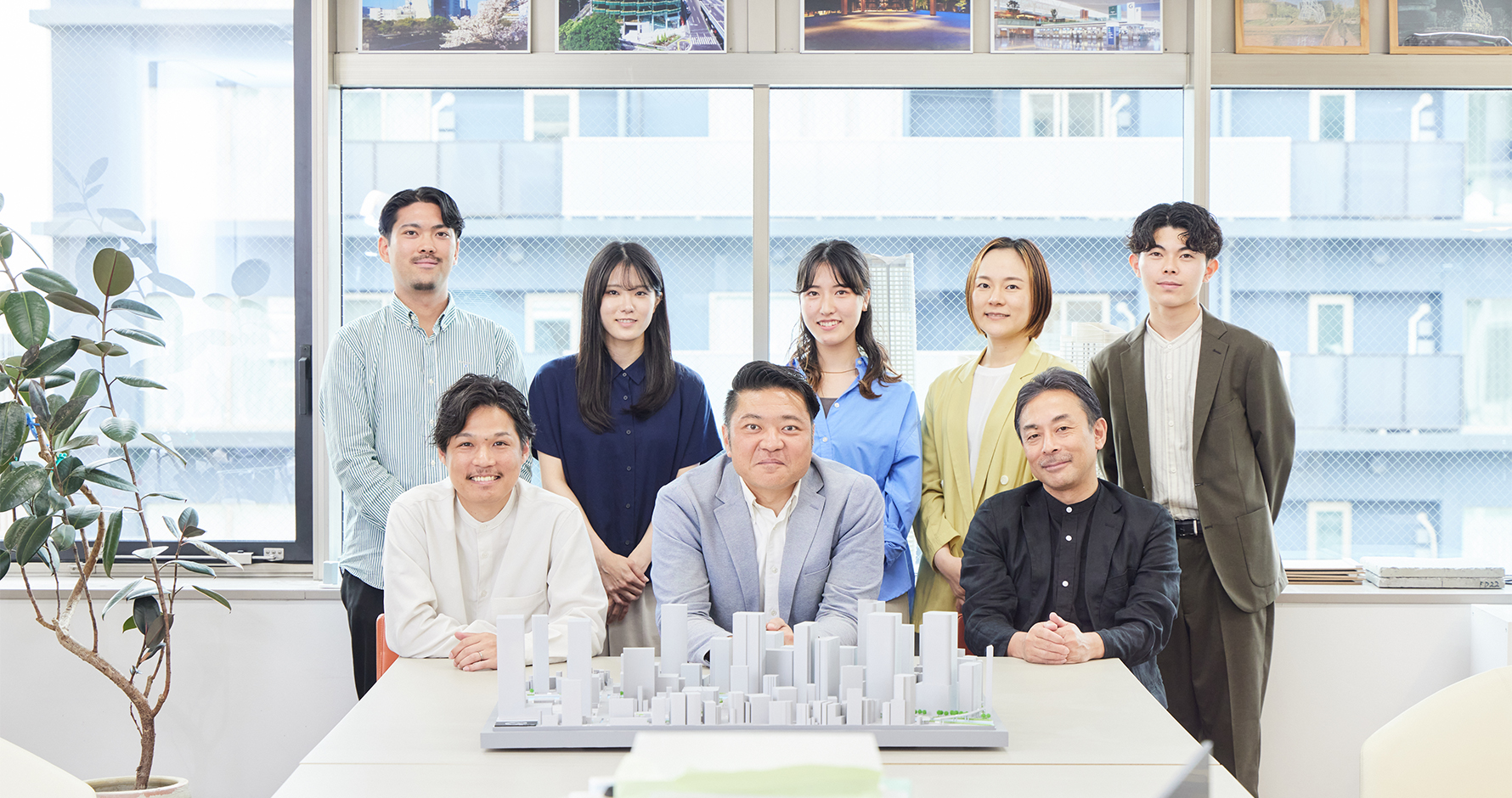
OTHER TALKS
CONTACT US
Please feel free to contact us
about our company’s services, design works,
projects and recruitment.
